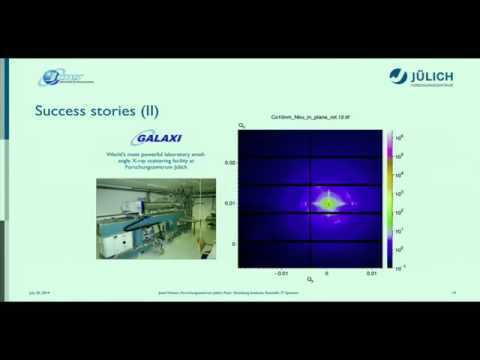Description:
Explore scientific visualization techniques using the GR framework in this EuroPython 2014 conference talk. Discover how to integrate GR into existing Python environments for creating publication-quality 2D graphs and complex 3D scenes. Learn about the framework's layer structure, output capabilities, and interoperability with PyQt/PySide. Gain insights into speeding up Python scripts using Numpy and Numba. Watch live demos of animated visualizations for physics simulations, surfaces/meshes, molecule viewing, and MRI voxel data. Understand the advantages of GR in processing large amounts of data, especially when combined with GUI toolkits and three-dimensional visualizations. Get an overview of GR's integration into NICOS, a network-based control system, and its potential to overcome Python's limitations as an interpretative programming language in scientific and engineering environments.

Scientific Visualization with GR
Add to list
#Conference Talks
#EuroPython
#Programming
#Programming Languages
#Python
#NumPy
#PyQt
#PySide
#Numba